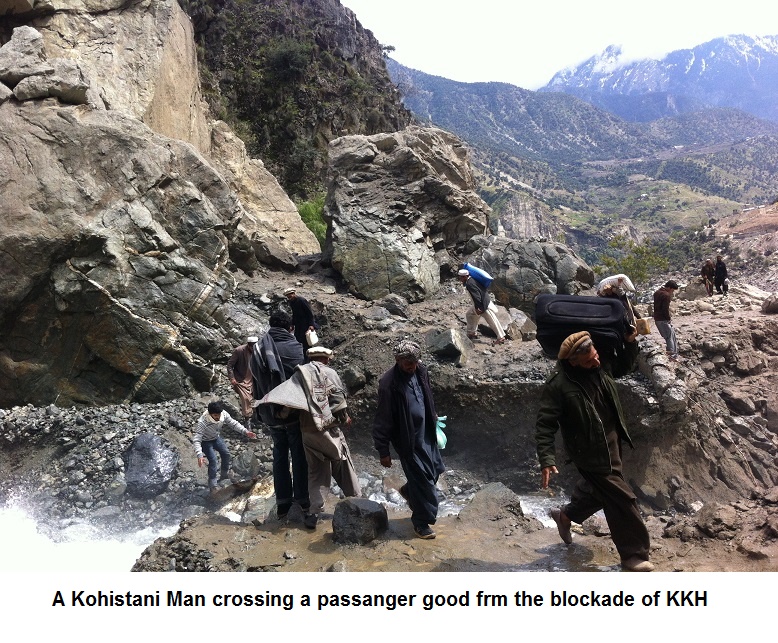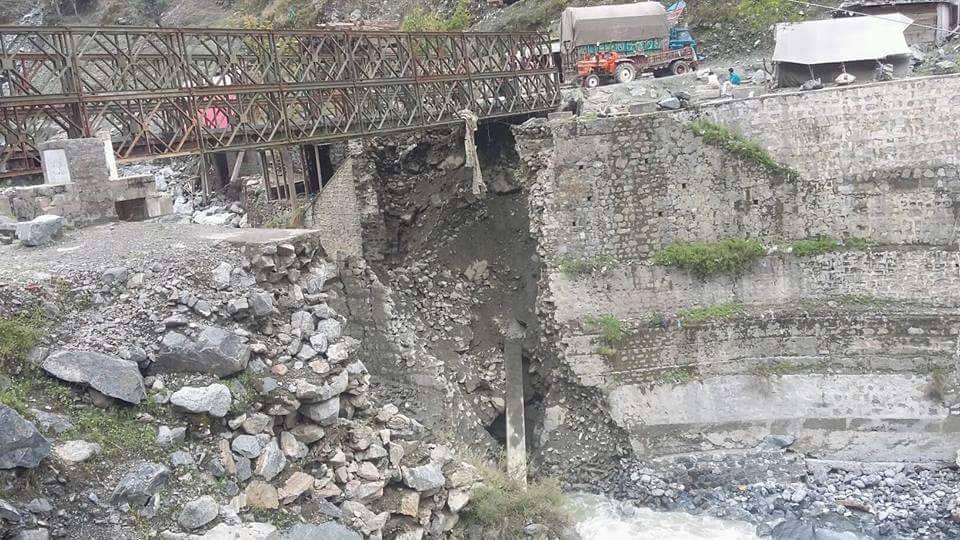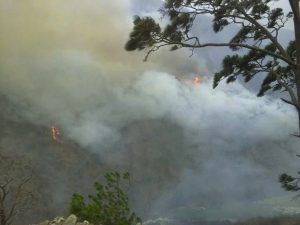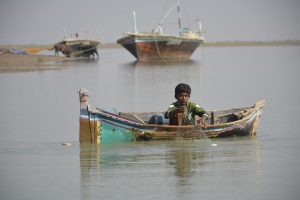Muhammad Siyab rushed out of his house in the middle of the night and watched as a landslide destroyed his home and buried 25 people in his village of Othar-Nala in northern Pakistan’s Khyber Pakhtunkhwa province on Tuesday.
Torrential rain this week has triggered extensive landslides across northern Pakistan, resulting in high losses. Whilst this is an area that receives spring rains, multiple landslides to this degree are not normal, it being some months prior to the development of the southwest monsoon.
The disaster came as a complete shock to Muhammad Siyab, a farmer from the upper Kohistan Valley whose grandchildren were among the buried. He and his fellow villagers have still not managed to rescue relatives from the rubble. They don’t have the heavy equipment required and they are still waiting for relief workers to arrive.

Over 140 people have died and more than 1,000 houses have been damaged across northern Pakistan since heavy rain deluged the mountainous areas between the 9th and 20th of March, according to the National Disaster Management Authority. In nearby Chitral district, eight children were buried under a land slide that hit Susom village, 40 kilometres north of Chitral town.
See also: Snow and rain hammer northern Pakistan
But now a second spell of heavy rain at the end of the March has left the remote region facing the worst landslide disaster in its history.
Most of the death and destruction from flash floods and landslides took place in Khyber Pakhtunkhwa province, where 66 people have died and over 700 houses damaged.
Twelve people were killed in Pakistan-administered Kashmir, and 15 were killed in the far northern region of Gilgit-Baltistan.
Local people fear the loss of life and damage to property will be much higher than authorities estimate.
Blocked roads, stranded people
Landslides have blocked the Karakoram Highway in many places – and eight days later the road is still not reopened to traffic – leaving thousands of people stranded. The highway traces the ancient Silk Road and is a major trade route and popular tourist destination.
This region is to be a key part of the China Pakistan Economic Corridor – though which the remote and impoverished region is supposed to benefit from improved infrastructure and connectivity.

But now the existing road infrastructure has taken a major battering. The road through Mansehra district in Khyber Pakhtunkhwa province is blocked in 26 places and three people have died in landslides there, district official Said Ghulam told thethirdpole.net. He estimated the cost of repairing the damage to roads would be at least one crore Rs. (US$100,000).
“Military and civilian teams are busy trying to reopen the Karakoram Highway, but it may take a day or two more because this is worst landslides we have ever experienced,” said the Hazara commissioner Akbar Ali.
The region has always been prone to landslides, but increasing human activity in the fragile mountainous region has increased the risk of disasters.
“The Himalaya and Hindu Kush region are natural gift for Pakistan, but unsafe construction, development work, lack of land planning, construction of houses and deforestation have weakened the mountain, which has become the major reason for landslides”, said Syed Mustaq Shah director of the Pakistan Meteorological Department in Peshawar.
The recent snow and heavy rainfall is also a sign of climate change due to increased temperatures in the South Pacific, said Shah.
Environmental activists are calling for the government to take action to minimise future damage. Major Abid Hussain, chairman of community environment group Nature-Qudrat, said, “Now it is time to reform the environmental laws and implement them full flag, otherwise more hazards will accrue and more loss of life and property. ”
Mustaq Ghani, information minister of Khyber Pakhtunkhwa province, admitted the landslides were due to the lack of land planning. “This is an alarming situation,” he said.








![Hilsa fish at a market in Barisal, Bangladesh [image by Finn Thilsted]](https://dialogue.earth/content/uploads/2016/04/Hilsa-fish-bangladesh-pic-300x199.jpg)